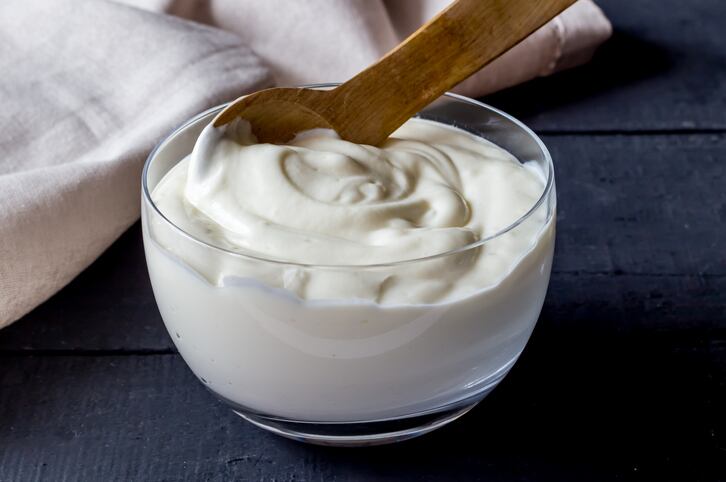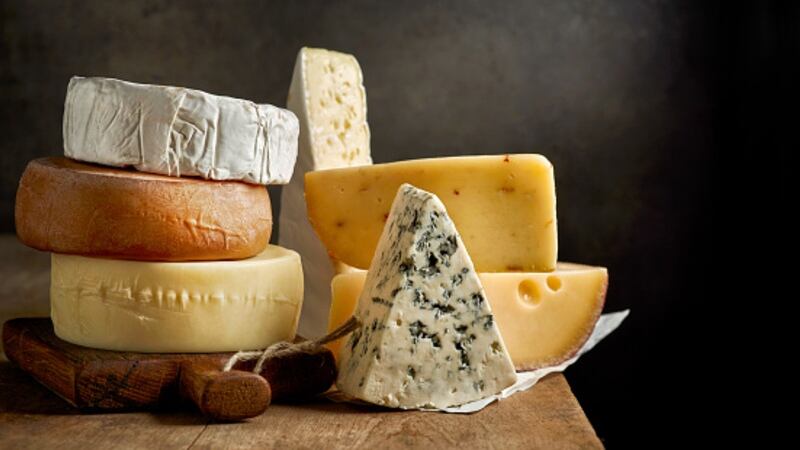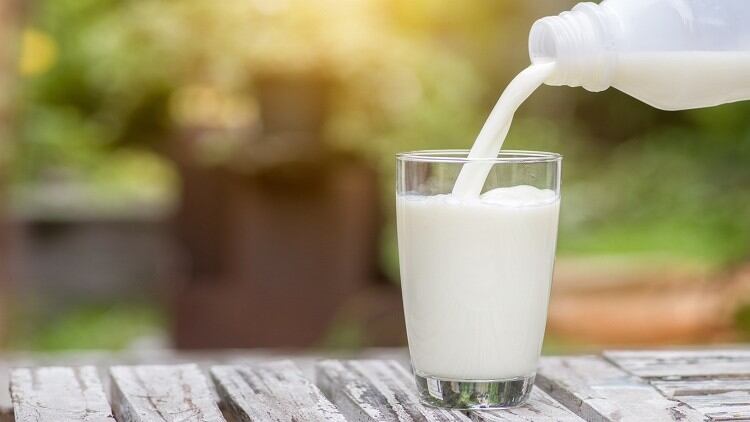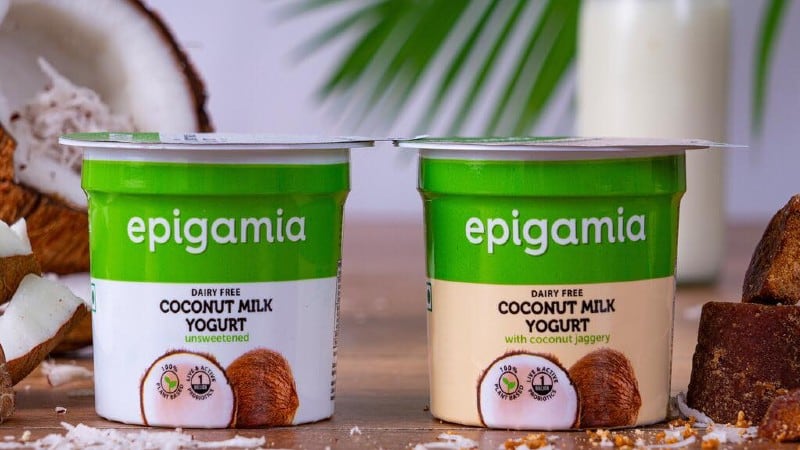Currently, plant-based yoghurts are made by the fermentation of plant-based milk which produces flavour and probiotics, but this process is relatively long and often lead to textural issues. Hydrocolloids are often added to produce a more texturally stable product.
Published in the journal, Foods, researchers at SIFBI investigated the use of HPP as an alternative structuring solution for plant-based yoghurts.
HPP is a non-thermal processing method which subject foods to high hydrostatic pressure between 200–800 MPa, ultimately extending shelf-life of food products. HPP can also form homogenous plant protein gels and is a quicker process than fermentation.
First author and research fellow at SIFBI, Dr Shaun Sim told FoodNavigator-Asia: “With the growing interest, substantial investment and active R&D in plant-based alternatives in Singapore and Asia, I think there is a potential market in Asia for high protein plant-based yoghurt products. Especially as many Asians are lactose intolerant and may be looking for dairy alternatives.”
SIFBI is a newly established research institute under the Agency for Science, Technology and Research (A*STAR) aiming to develop and translate evidence-based nutritious and delicious food products to the food industry. This research was funded by A*STAR.
Study design
In this study, researchers used familiar Asian ingredients such as mung bean, chickpea, pea, lentil, and faba bean as the plant proteins, and skim and whole Greek yoghurts as dairy controls.
Greek yogurts were chosen as they contained higher protein content than regular yogurts. The protein content of plant-based yogurts are typically lesser than that of their dairy counterparts hence plant proteins are often used to increase protein content.
The plant protein powders were added to water (with or without sunflower oil) and HPP-treated to form the plant-based yoghurts.
Sim explained that sunflower oil was used to emulate full fat whole milk Greek yoghurt. Formulations without sunflower oil were compared to skim milk Greek yoghurt.
The samples were subjected to 600 MPa pressure for five minutes, which induces protein gelation.
The HPP-treated samples were then stored at 4°C to minimise microbial activity and analysed for their viscosity and viscoelastic properties within 24 hours.
Viscoelastic and viscosity properties
The study found that HPP helped formed viscoelastic gels in all the plant protein samples, which was comparable to the gel strength of commercial dairy yoghurts.
The gel strength was highest in chickpea and lentil, and lowest in mung bean protein. Previous research has shown that heat-treated lentil proteins formed stronger gels than pea proteins, but it was dependent on the pulse variety.
In this study, faba bean and chickpea had the closest viscoelastic properties to the skim and whole milk yogurts.
“This could result in a texturally stable product without the need for added hydrocolloids, thereby contributing to a clean product label,” researchers wrote.
We asked which plant protein was the most ideal for use in plant-based yoghurts, which Sim explained would depend on the cost, availability, taste and product requirements.
“From our results, chickpea and lentil proteins were the stronger structure-forming proteins, so less powder could be used to form the plant-based yoghurts which may be more cost effective. Although mung bean protein was not as good at structure formation, it could have a more acceptable taste than pea protein.”
The viscosity values of the plant protein gels were also comparable to that of dairy yoghurts. In this study, pea protein (without and with sunflower oil) had the closest viscosity to skim and whole milk yogurts respectively.
Limitations and recommendations
According to Sim, equipment currently accounts for the largest cost in HPP operations. However, he was quick to add there were increasing number of toll facilities in the world such as the WLNA-Hiperbaric 300 L toll facility in Singapore where food producers can pay-per-use without buying their own equipment.
Another concern is the viability of adding probiotic cultures before HPP as high pressures have been known to inactivate vegetative microorganisms.
Researchers explained that several methods such as inoculating the plant-based yogurt with a higher probiotic culture concentration, or applying lower pressure (300–400 MPa) for partial protein denaturation but enough to create desired texture especially in chickpea and lentil proteins, can help retain the probiotic culture viability.
However, microbial safety must be taken into account since lower pressure may lead to reduced pathogenic microbial inactivation. Researchers also suggested the use of pressure-resistant probiotic cultures and probiotic cultures in the form of pressure-resistant spores.
While the viscosity and viscoelastic properties of HPP-treated plant protein gels have been shown to be comparable to commercial dairy yogurts, the higher protein content and short processing time could also make HPP an advantageous structuring method for plant-based yogurts.
Sim added: “The short HPP processing time of three to five minutes compared to hours in traditional fermentation makes HPP a competitive technology.”
However, fermentation may still be needed for flavour production. Plant-based milks contain low levels of fermentable sugars and undergo inefficient fermentation, hence a separate biotransformation process may be required to optimise flavour production.
“Besides the characteristic dairy yogurt flavor volatiles like diacetyl and lactic acid that can be produced and added, novel flavor compounds could also be explored,” researchers wrote.
“As this was a proof-of-concept study, we did not include components such as the taste and flavour of dairy-based yoghurts. Future studies will include addressing these components, including sensory evaluations,” Sim explained.
Sim said the research institute is also exploring the biotransformation of low-value agricultural and plant by-products to produce flavours that could enhance the taste and aroma of its plant-based yoghurts.
Source: Foods
doi:10.3390/foods9081126
“A Novel Approach to Structure Plant-Based Yogurts Using High Pressure Processing”
Authors: Shaun Y. J. Sim, et al.




